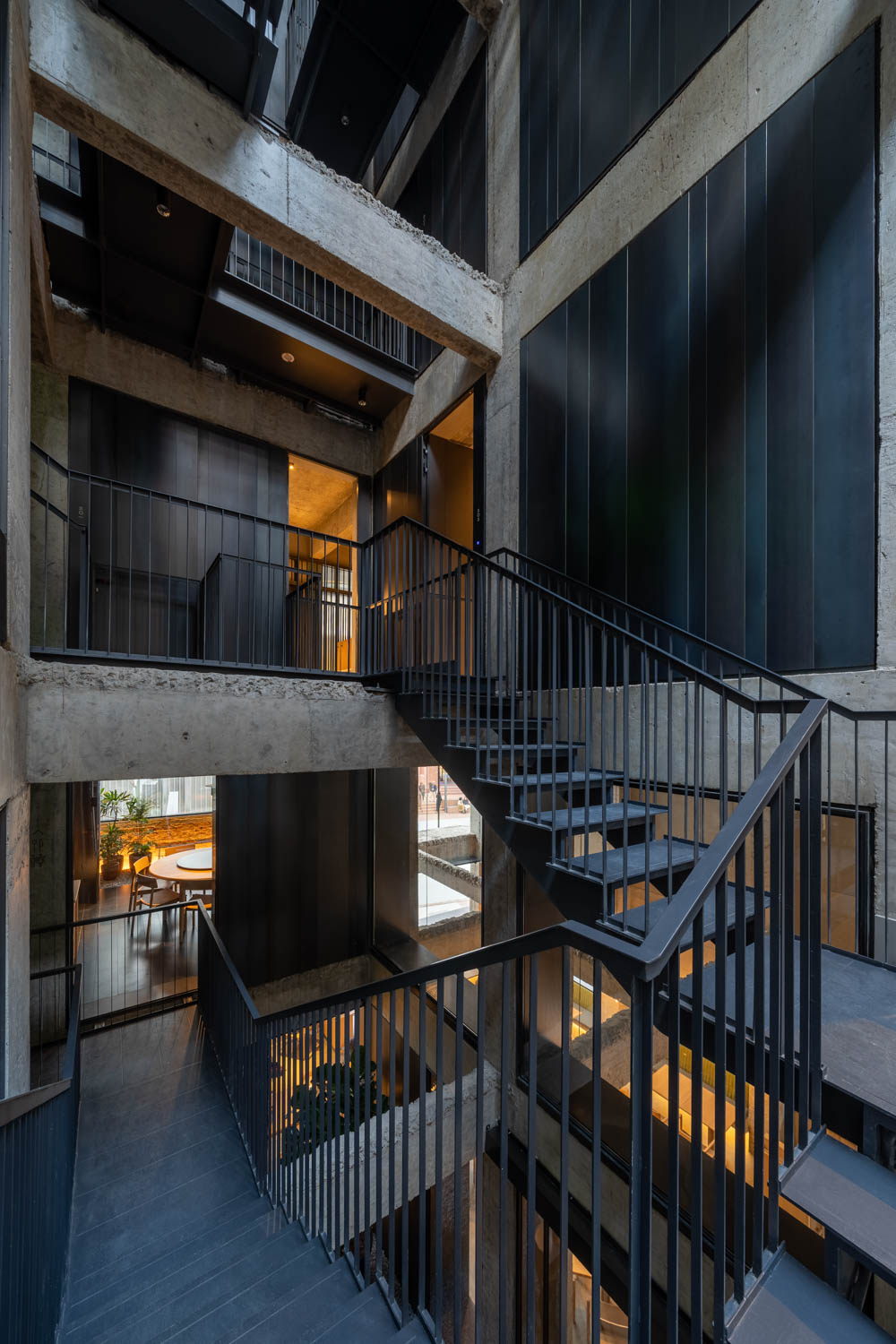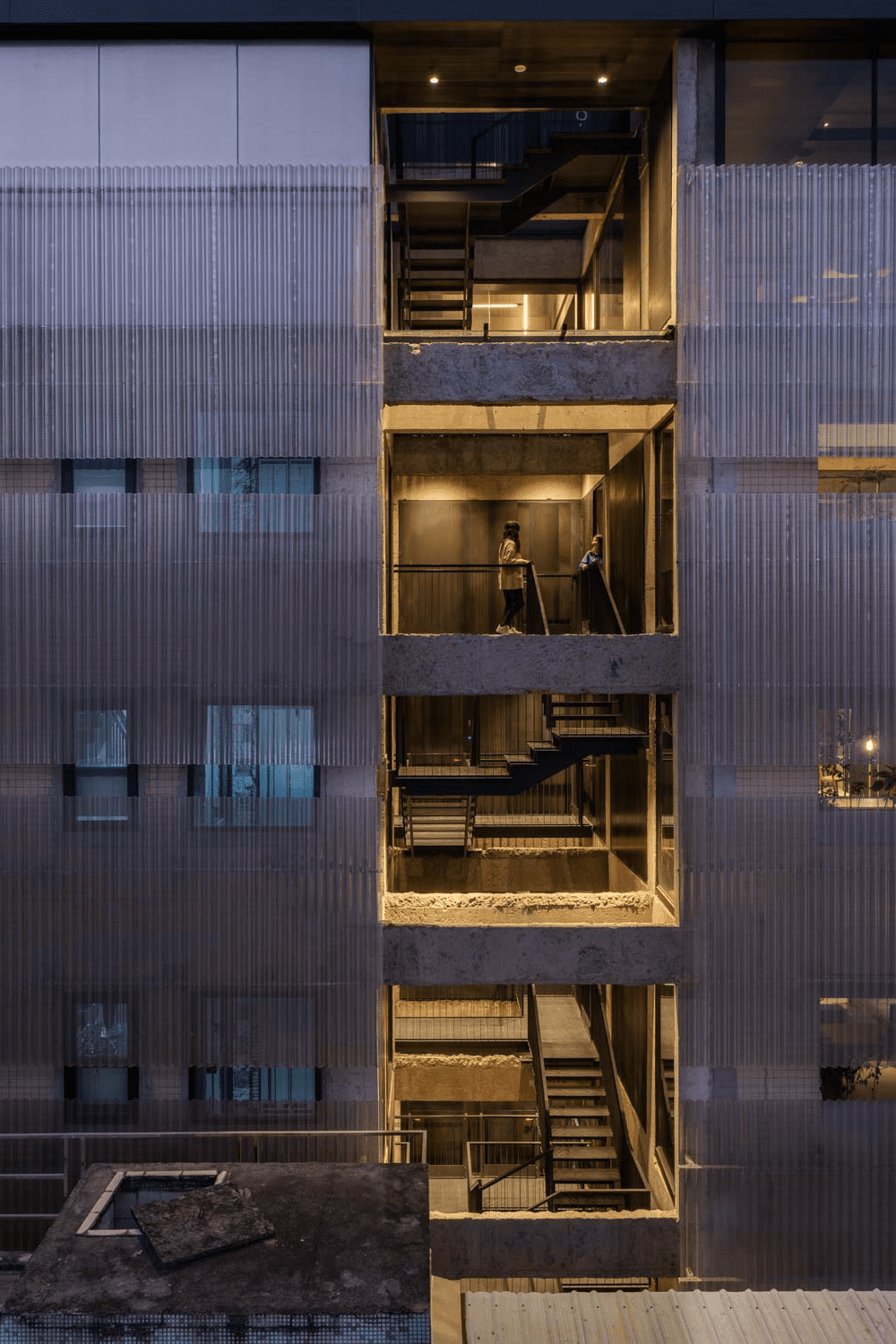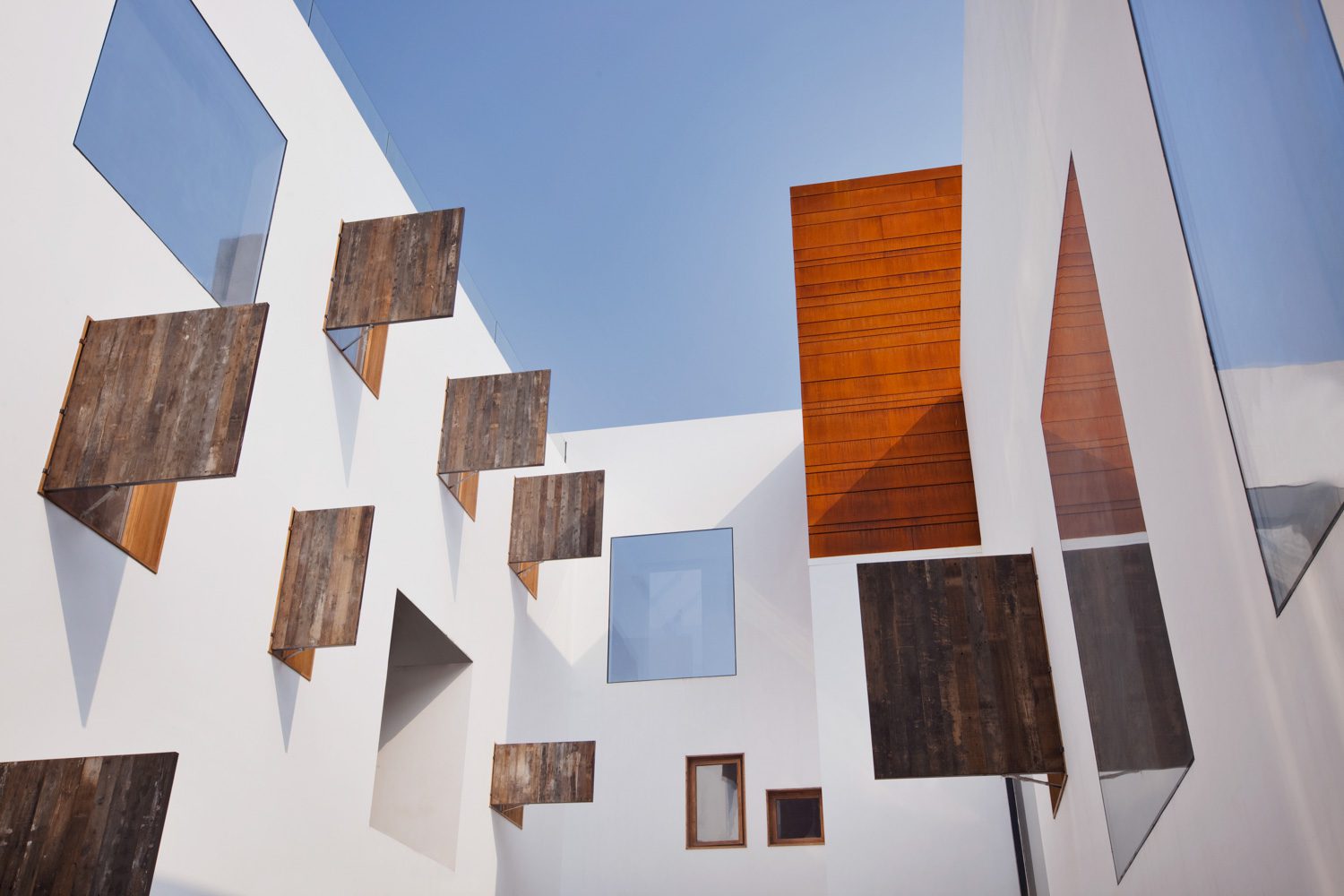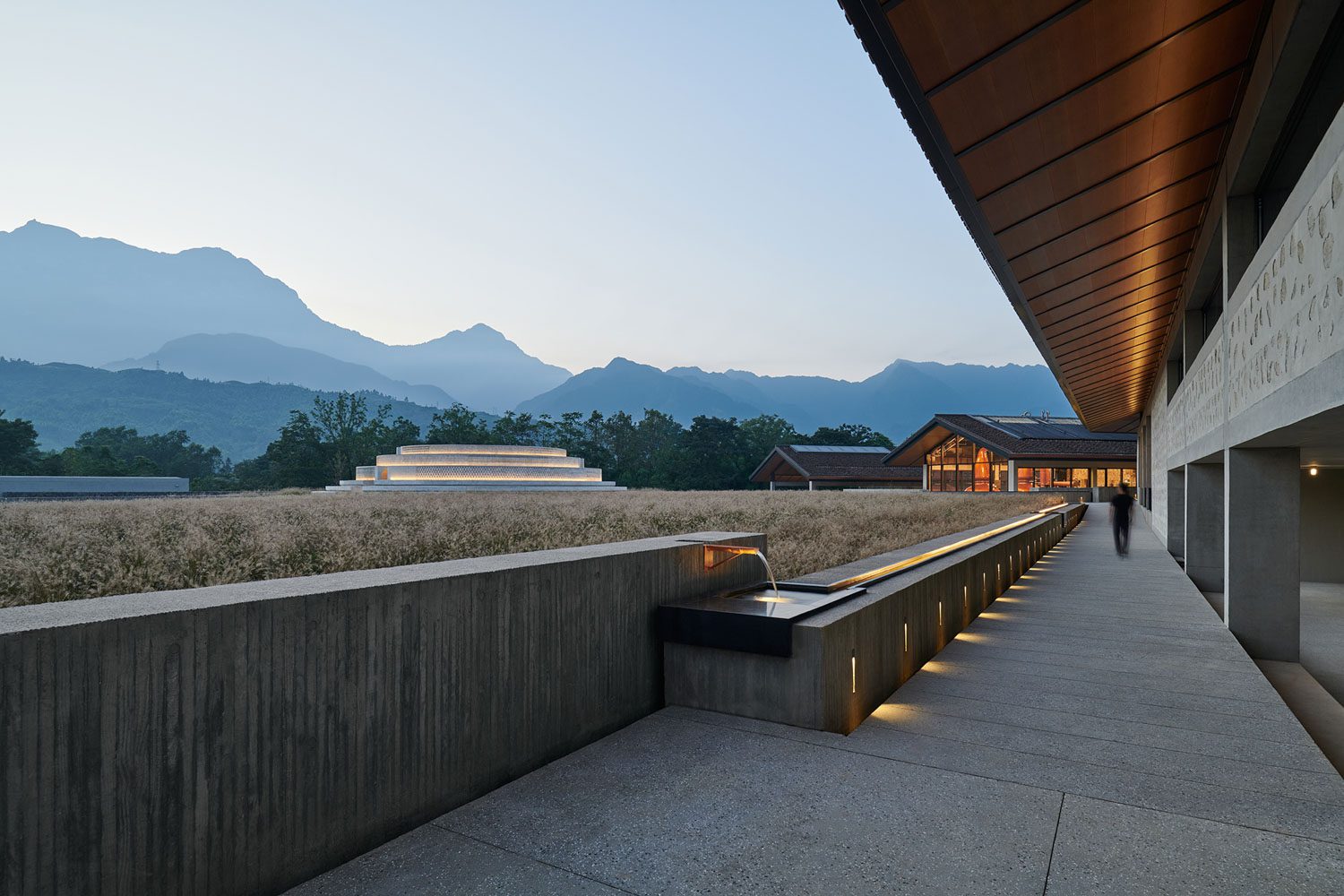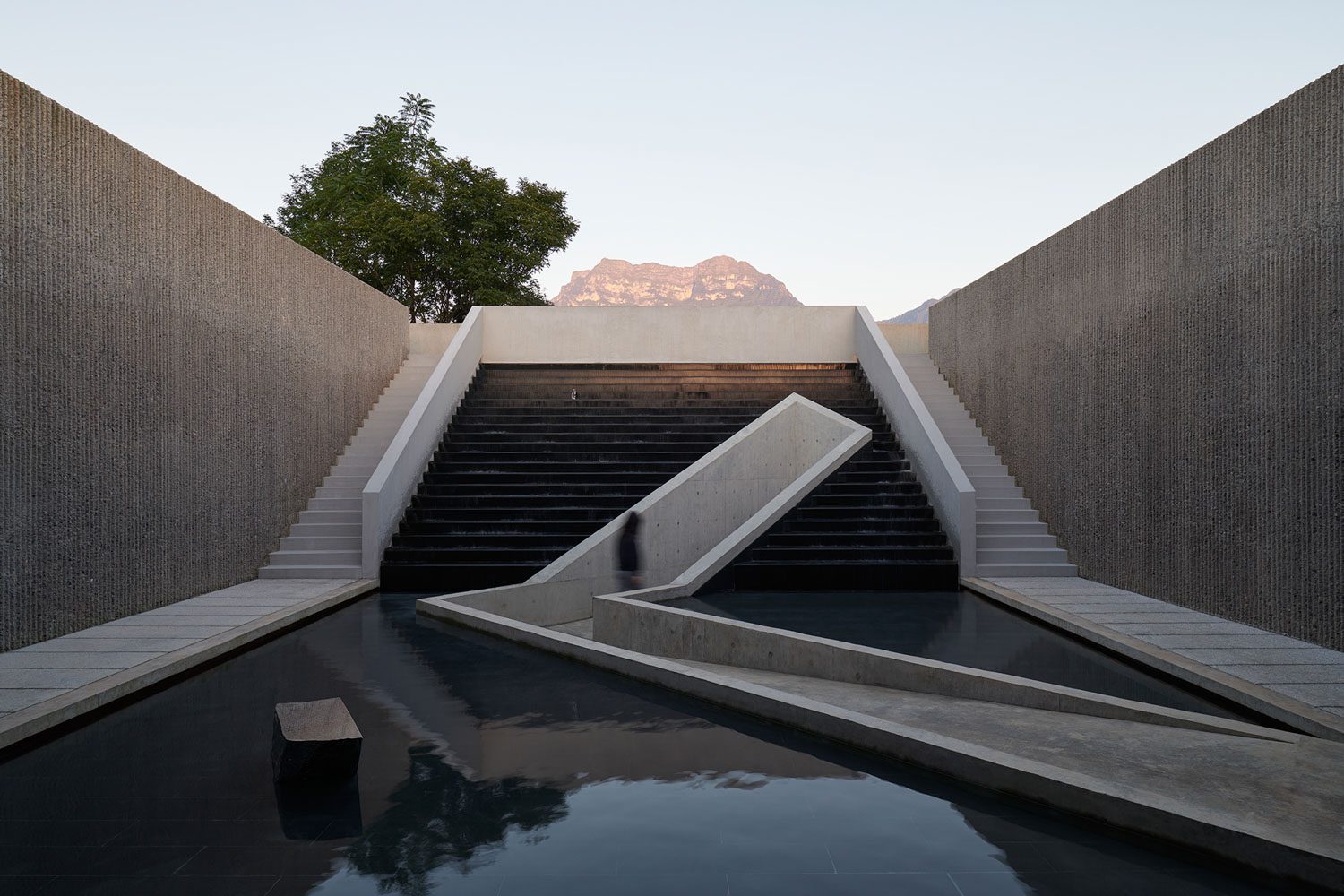art4d HAD A CONVERSATION WITH LYNDON NERI FROM NERI&HU DESIGN AND RESEARCH OFFICE ABOUT THE IDEA OF ARCHITECTURE HE PRIORITIZED, WHAT IF PRACTICALITY IS NOT COMFORT
TEXT: PRATCHAYAPOL LERTWICHA
PHOTO CREDIT AS NOTED
(For Thai, press here)
Most people believe that designing architecture is about thinking ahead and developing visually spectacular, inventive, and even ultra-modern buildings that cater to customers’ every need, offering them an ideal way of living and utmost comfort while assuring investors a lucrative return. While all of that sounds like a fantastic concept, it is not how Lyndon Neri defines his designs.
Lyndon Neri is an architect who, along with his life partner Rossana Hu, co-founded the Shanghai-based Neri&Hu Design and Research Office. His over-ten-page CV (he claims it’s already a shorter version) confirms his masterful practice in the profession, with a long list of accolades to back it up, including the Dezeen Awards Architecture Studio of the Year 2021, the Lifetime Achievement Awards from Frame in 2021, and the Design for Asia Grand Award from Hong Kong Design Center in 2020. His works and recognition illustrate his interest in a wide range of design disciplines, from architecture to product design and fine art.
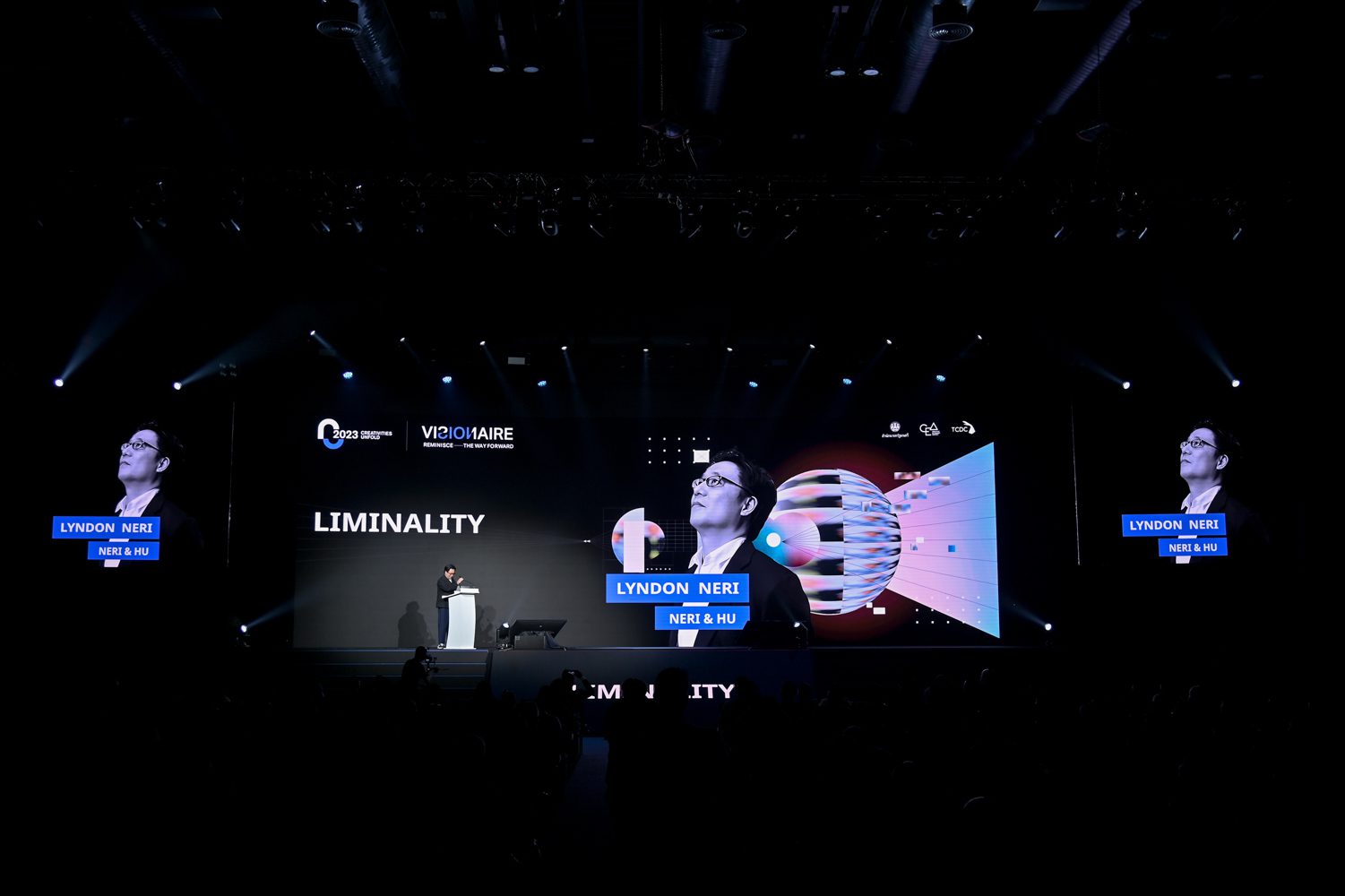
Photo courtesy of Creative Economy Agency (CEA)
The return to the inherited wisdom of the past is a recurring theme in the studio’s work. Returning, for Neri&Hu Design and Research Office, is not about duplicating a bunch of beautiful-looking buildings but rather a profound and meaningful dive into a place’s culture, history, and memory. The studio’s reuse of wisdom and knowledge from the past results in works that question modern design principles such as the ambiguity of the line that is drawn between public and private, the significance of aesthetics, as well as functional and financial aspects.
What ideas drive Lyndon Neri’s extensive and evolving body of work? During his time in Bangkok, where he gave a lecture as part of the Creativities Unfold 2023 event, we asked him to take a retrospective look into the beginning of it all, including his life as an architect, in the hope that his story will inspire and become somewhat of a material or a substance for people to pursue their creative endeavors.
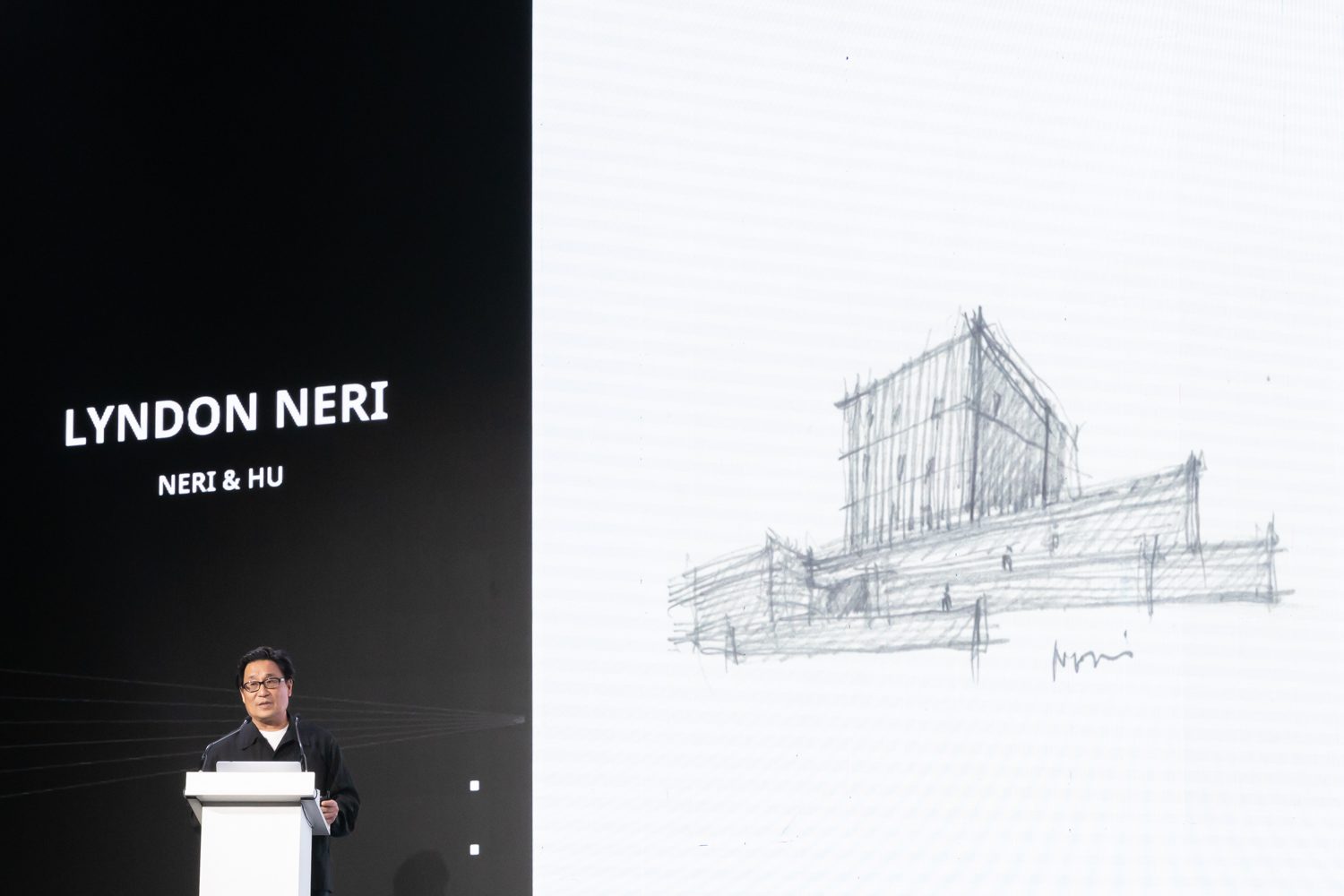
Photo: Ketsiree Wongwan
art4d: When did you start getting interested in architecture?
Lyndon Neri: Ever since I was a child, I always liked to draw and spent a lot of time daydreaming. I have always wanted to be an artist but growing up in a Chinese family meant that it wasn’t a good idea from my parents’ perspective. So I was struggling with this throughout. When I went to study at UC Berkeley in the States, I majored in painting for my first and a half years without telling my parents (laugh)
art4d: They really had no idea you were majoring in painting?
LN: Not at all, my father thought I was studying engineering because UC Berkeley’s engineering faculty is one of the best in the world. One day my father said he needed to spend more time in America to see me and my brother. I was panicked because I had been lying to him. I tried to figure out what I should do. Trying to transfer into the engineering department was almost impossible because it was very hard to get in. So I did some research, and architecture was a happy medium. I transferred to architecture in my second year. When my father came and visited me, he was fine with it. He thought architecture was real estate and I was studying a subject related to business. He thought I would make more money than pursuing engineering.
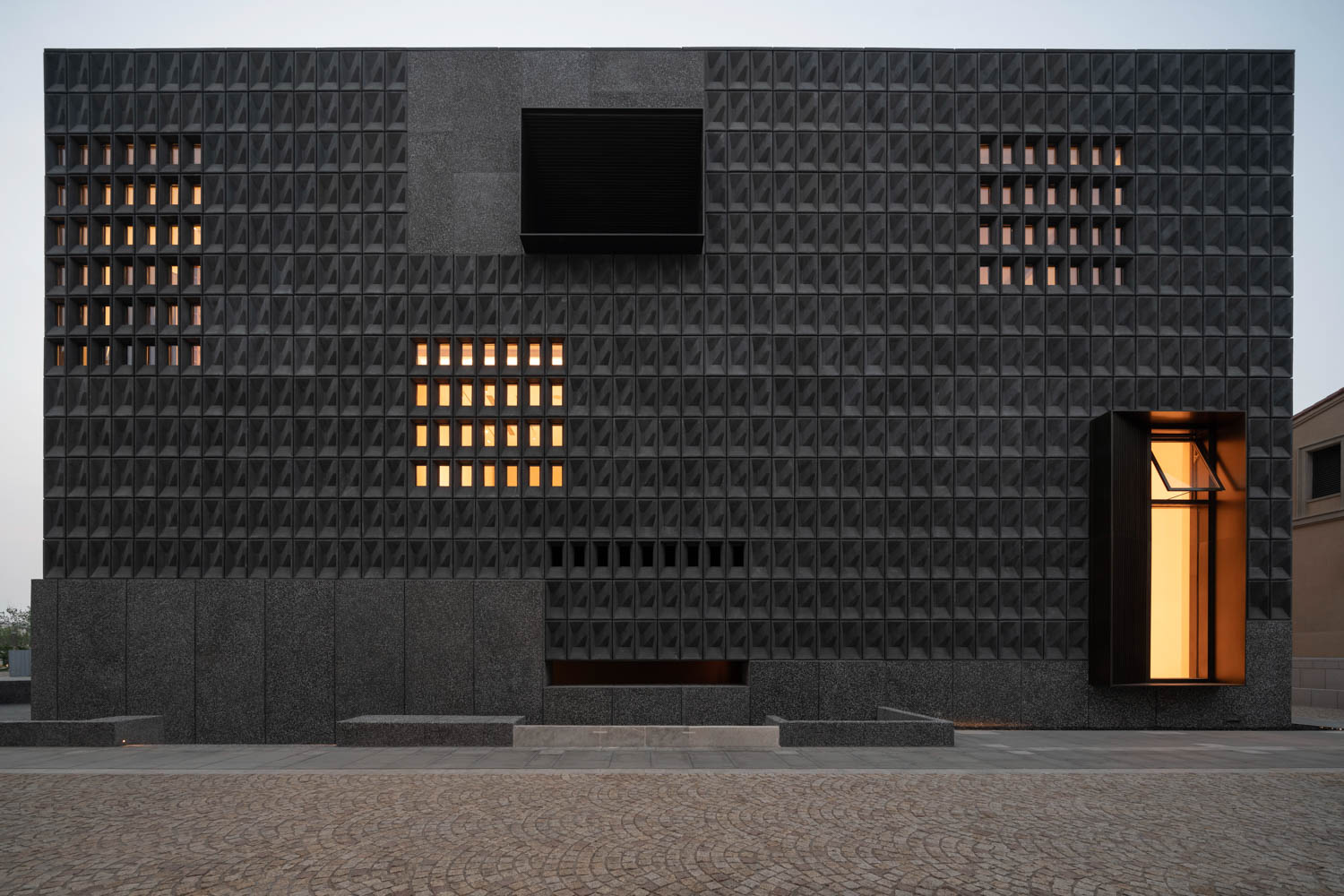
Aranya Art Center | Photo: Pedro Pegenaute
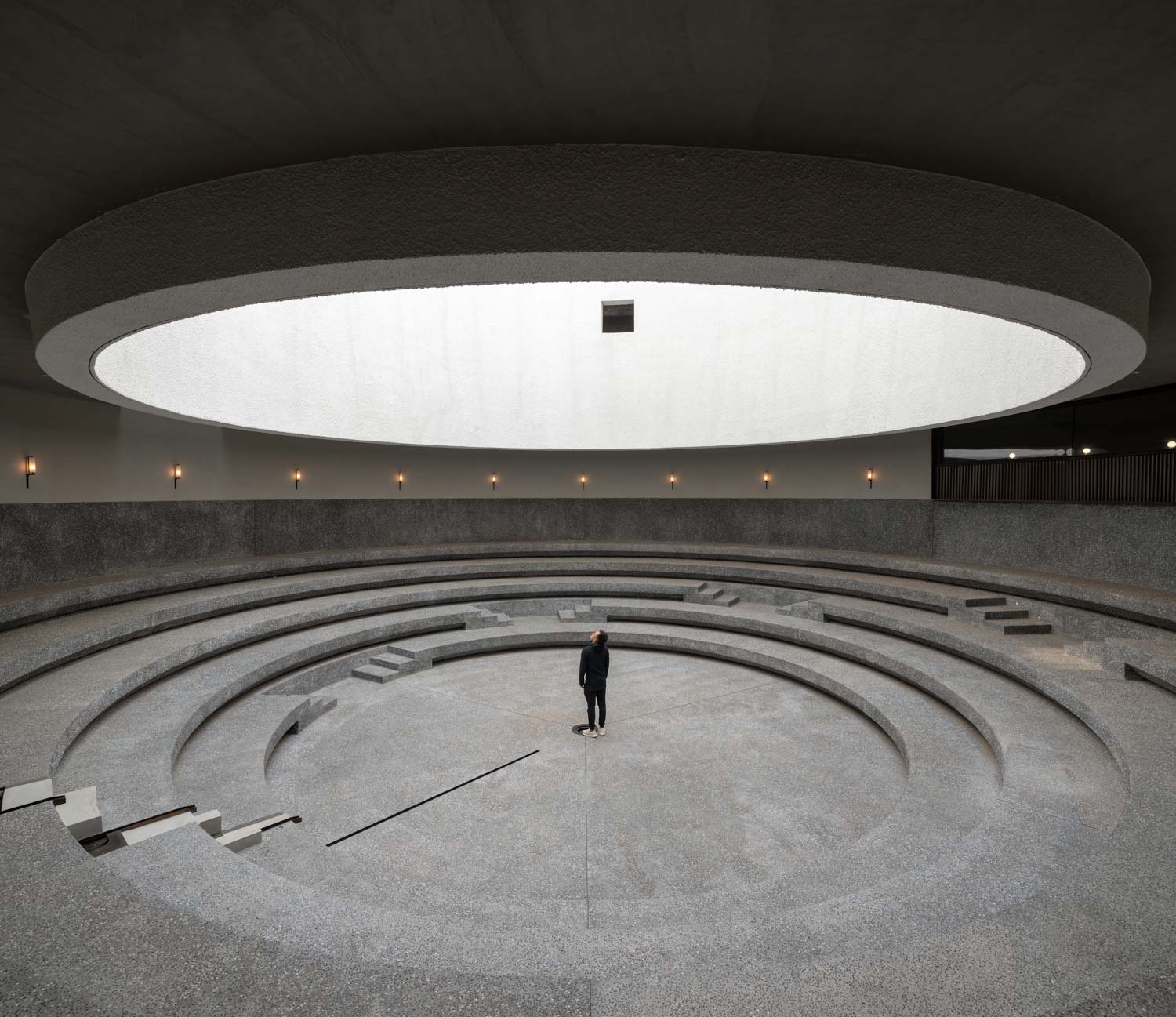
Aranya Art Center | Photo: Pedro Pegenaute
art4d: What was it like studying architecture as an undergraduate?
LN: I was really excited because I realized architecture is not just about the technical making of a shelter or an infrastructure. I realized that architecture has the ability to create space that can change humanity. I also realized there’s a sense of responsibility with the space or the structure that you design and make a reality. It is a powerful tool. If it is done properly, it can be uplifting.

Singapore Residence | Photo: Fabian Ong

Singapore Residence | Photo: Fabian Ong
art4d: What did you do after receiving your undergraduate degree?
LN: After completing my undergrad, I went to Harvard GSD and then after I graduated, I married Rossana, worked for a number of small firms, and stayed with Michael Graves for 10 years. I was sent with Rossana to Shanghai by Michael to take care of a project there. We were only supposed to stay there for only 6 months but then SARS broke out, so we were there for the whole year. I spoke to Michael about opening an office in Shanghai but some of the partners were not sure, so Rossana and I thought to ourselves, ‘why don’t we just start our own practice?’ That’s how our firm started.
art4d: Michael Graves is an iconic figure of postmodernist movement. What did you learn from him?
LN: I learned the importance of being multidisciplinary. Michael Graves said it was imperative that you can’t just be an architect. You need to understand the interior or how the interior engages the exterior. At the same time, he also believes that the objects and furniture within the interior should interact and have a conversation with the spaces. Otherwise, there’s a disconnection. Not only in the design but also in the practitioners. Architects get so upset at interior designers; interior designers get upset with furniture makers; all of them get upset at the contractors. So the idea of being multidisciplinary became so important to them. In the Renaissance period, people had this mindset. A lot of designers like Italian masters Magiarotti, Castiglioni or Le Corbusier, Mies van der Rohe, Aldo Rossi, or even Paul Rudolph, hold the idea of total design as valid and important.

Qujiang Museum of Fine Arts Extension | Photo: Zhu Runzi
art4d: So you continued this idea when you established your own office in China?
LN: Absolutely, we continued this idea when we went to China in the early 2000s. It was a period of time when imported furniture was not readily available in China. There was no ‘interior designer’. They called them decorators. No one understood what an interior designer is. There was only one independent architect, Yung Ho Chang. It was a very difficult situation. So when we started, we just did everything and we were of course very interested in it.
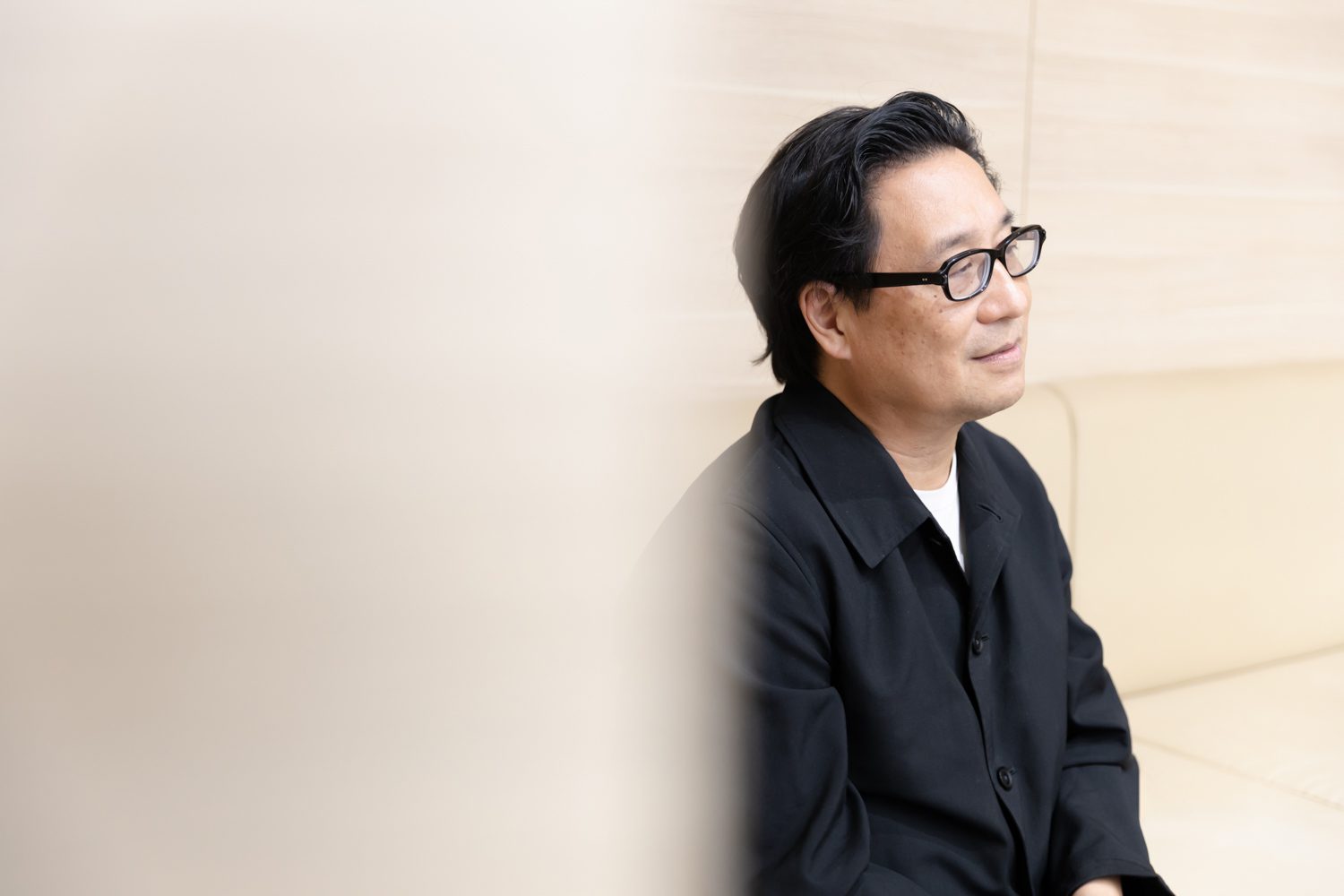
Photo: Ketsiree Wongwan
art4d: Many of your projects have an essence from the past, and in many of your past interviews, you often referred to ‘reflective nostalgia’ as a principle for your practice. What does it mean and why are you interested in this word?
LN: The term was coined by Svetlana Boym, the Harvard critical theorist thinker. She argues that nostalgia can actually help us in the future. There is a difference between ‘Reflective nostalgia’ as opposed to ‘Restrictive nostalgia’. Restrictive nostalgia is just copying the past. Reflective nostalgia probably does not follow such a straight line. It might go through alleyways and other avenues. There is experimentation and uncertainty but the goal is still to return home. This notion was interesting to us because I strongly believe that if we understand the essence of history, not replicate it, history will help us move forward.
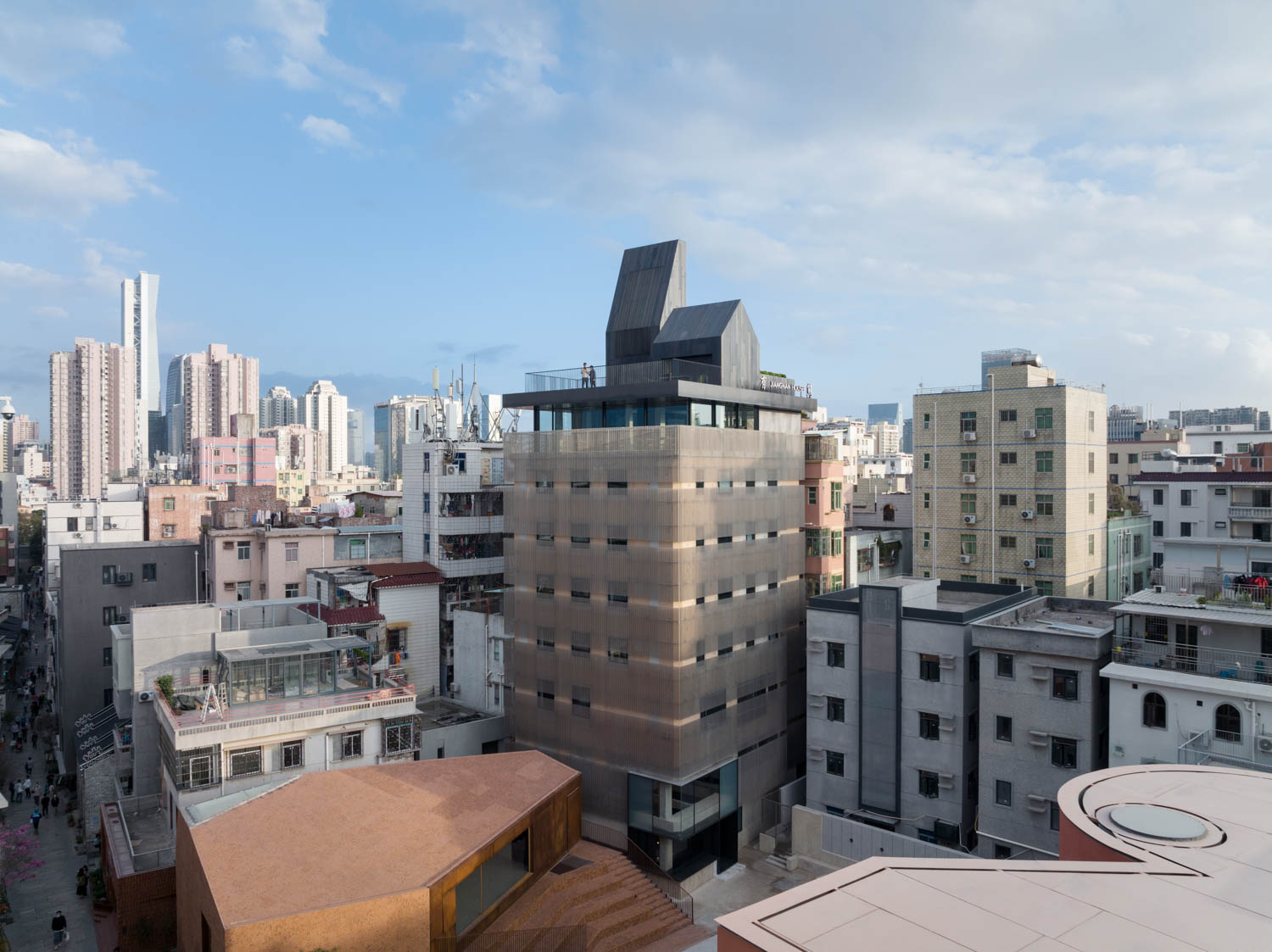
Nantou City Guesthouse | Photo: Chen Hao
We established our firm in Shanghai which always went through the process of redevelopment. We were confronted with the issue of people simply creating new buildings or restoring Lane houses or Courtyard houses without reflecting or understanding their essence, where in reality, there is a lot of meaning to these buildings. If you understand spatial construction, and how the communities are created through architecture or interior architecture, then you will know how to develop the projects.
art4d: How can you apply the wisdom from the past into the design?
LN: Maybe I can provide an example from the Waterhouse at South Bund project which is a boutique hotel in Shanghai. When people come to Shanghai, they come as a tourist rather than a traveler. They come in to tick their checkboxes, see the river, see the tallest tower, go shopping and that’s about it. I was really disturbed by that. If you want to understand Shanghai you have to understand the essence of the city and the city is not private. Lane houses in Shanghai are hardly private. If I come down from the house, the old lady who lives across from me will know, and they all gossip. So in the design, I allow people in public areas to peek into private rooms while the private spaces invite one to look out at public realms. I argue that as a traveler you need to come to a city and not just look at the glossy image on the cover of a magazine. You need to really experience the city.
Jean Baudrillard wrote the book ‘The Ecstasy of Communication’ and it is so powerful because he talked about the fact that we’re more interested in pornography than sexuality. Sometimes we’re not interested in having a relationship with a partner, but we’re more interested in just seeing sort of the physical manifestation of a body. We’re more interested in information as opposed to knowledge. In the internet world dominated by Instagram or TikTok, we’re more interested in instant gratification. We fabricate life but don’t really live it. It is very dangerous.
art4d: Diminishing the boundary between public area and private room is quite a daring idea. How did you convince your client?
LN: When the client doesn’t like my idea and wants to change, I would say ‘let me think about it’. When I say ‘I’ll think about it’, that means I don’t necessarily agree with you, but I’ll come back with lots of new ideas. But after all, I am just being myself. I don’t try to pretend or convince. I think that if your idea is truly not about yourself and about your own ego, it’s an idea that moves the needle or has a breakthrough that is better for society and for the project. I think if the client is sincere, they will see it.
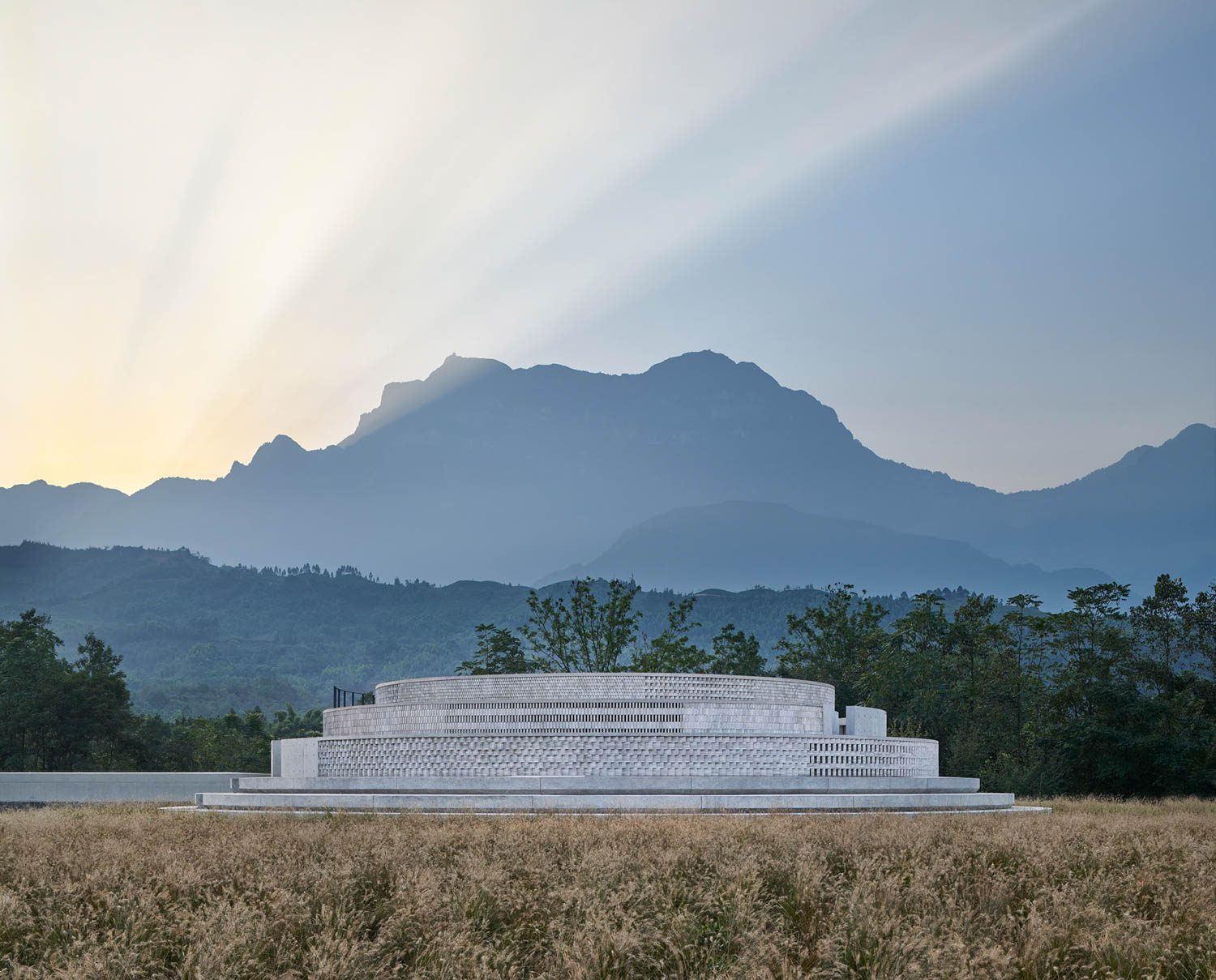
The Chuan Malt Whiskey Distillery | Photo: Chen Hao
art4d: You said that you prioritize poetic side of architecture to functionality. Why do you believe in this idea?
LN: First, you need to understand what function really means. When a woman wears high heels, is it comfortable? It’s not. But there’s a reason why that high heel is worn, right? Sometimes it’s to make you taller or make your posture more beautiful. I’m saying that there is meaning associated with that high heel. There is a reason behind that. So I think these are just as important as being purely practical because these seemingly unpractical choices in themselves are also practical. If a woman wears high heels and gets a little uncomfortable in order to gain the benefit from wearing them, then that’s practical.
art4d: So practicality does not always mean comfort?
LN: Right, comfort, or making the most money. We are so inundated in the world when practicality is associated with the most efficient, the fastest, and earning the most profit, but practicality can also be a lot of other things, right? You have to really question what is common to a lot of people.
I hope when you come to our buildings, my goal is not to make you think about what can you do faster, but hopefully, our buildings make you pause and be still. I hope they give you a sense of peace that is needed for all of us to rethink our lives. The power of space may make you more vulnerable. You know, people often say sacred spaces allow you to have an understanding of God. They allow you to say we are fragile human beings. Maybe there is something we can do to create meaning and purpose you know. That is the poetic component of the building.

Photo: Ketsiree Wongwan
art4d: In Bangkok, there is an ongoing discussion on whether we should demolish old buildings to pave a new way for developments or keep them as they are. What is your opinion on this matter?
LN: I do think preservation for the sake of preservation is not necessarily the strongest argument. New development for the sake of just commercial purposes is also a very weak argument. Instead, a combination of both could serve as a better solution. If the building is structurally sound, repurposing it rather than just demolishing would be a sustainable proposition.
art4d: What is the most important thing that you have learned from practicing architecture for such a long time?
LN: I think ultimately maybe I’m still an artist at heart, the sort of artist who questions other people, questions myself, questions society, and I use architecture as a vehicle. I think the idea of building a home and structure is an important endeavor. If it is inspiring and provokes a sense of serenity, I think it’s helpful for everyone.
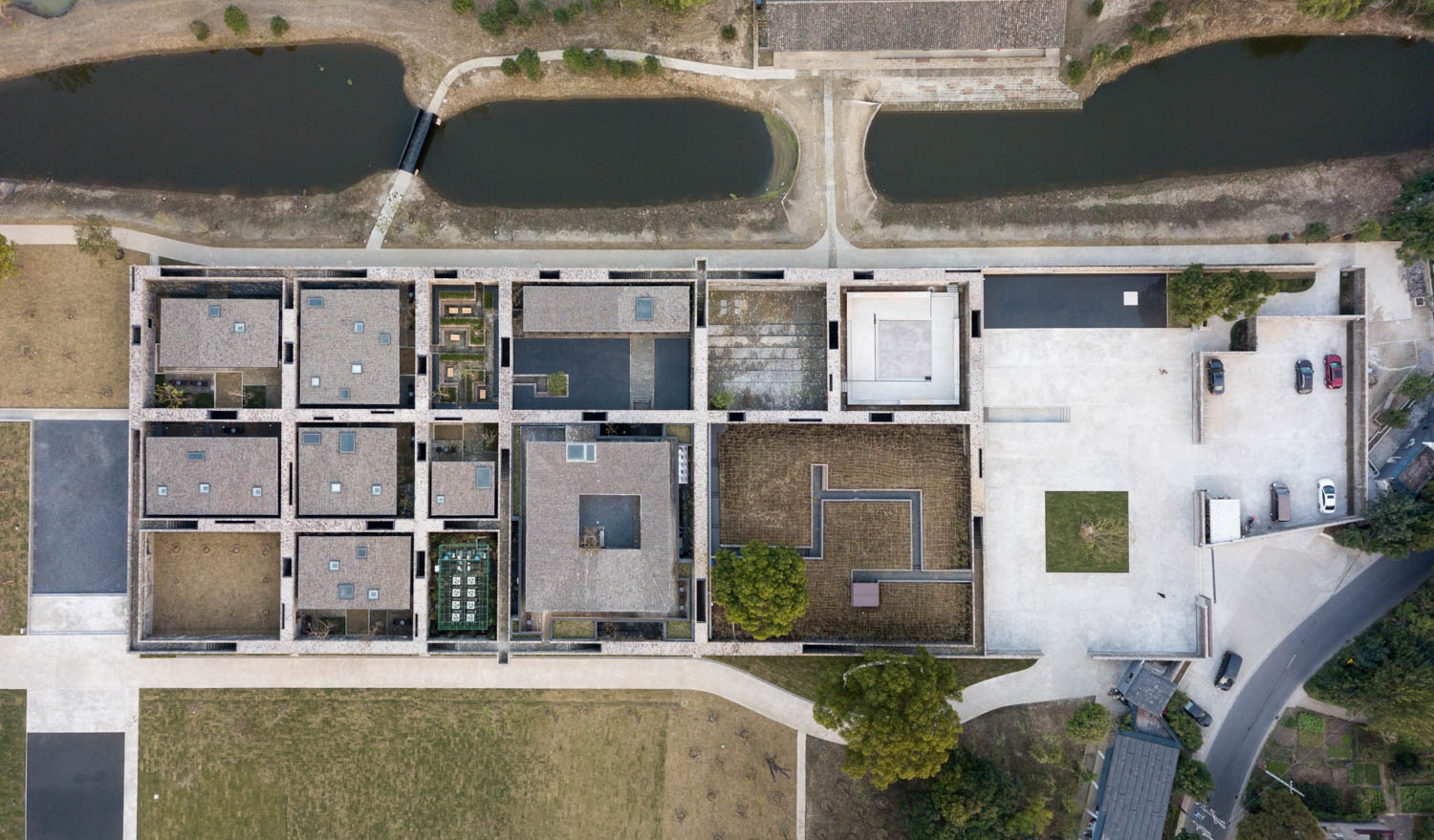
Tsingpu Yangzhou Retreat | Photo: Pedro Pegenaute
art4d: For the last question, do you have any advice for young designers or architects?
LN: I think stay true to yourself. I always tell young designers to travel as much as they can and see as much good architecture out there, but more importantly is to stay grounded, to be humble, and to really understand your life purpose. A lot of us constantly compare ourselves with the others. My peers are doing this, my peers are doing that. Why am I left behind? I’m too old now. Why don’t I have my own practice? You know, Rossana and I are not strategic in our life at all. We could have been happily working for Michael Graves forever but of course, our plans had changed. Sometimes you don’t have to force your life to happen. Maybe sometimes it’s about letting the river flow through.

New Shanghai Theatre | Photo: Pedro Pegenaute
neriandhu.com
academy.cea.or.th
facebook.com/CreativitiesUnfold

 Photo courtesy of Creative Economy Agency (CEA)
Photo courtesy of Creative Economy Agency (CEA) 